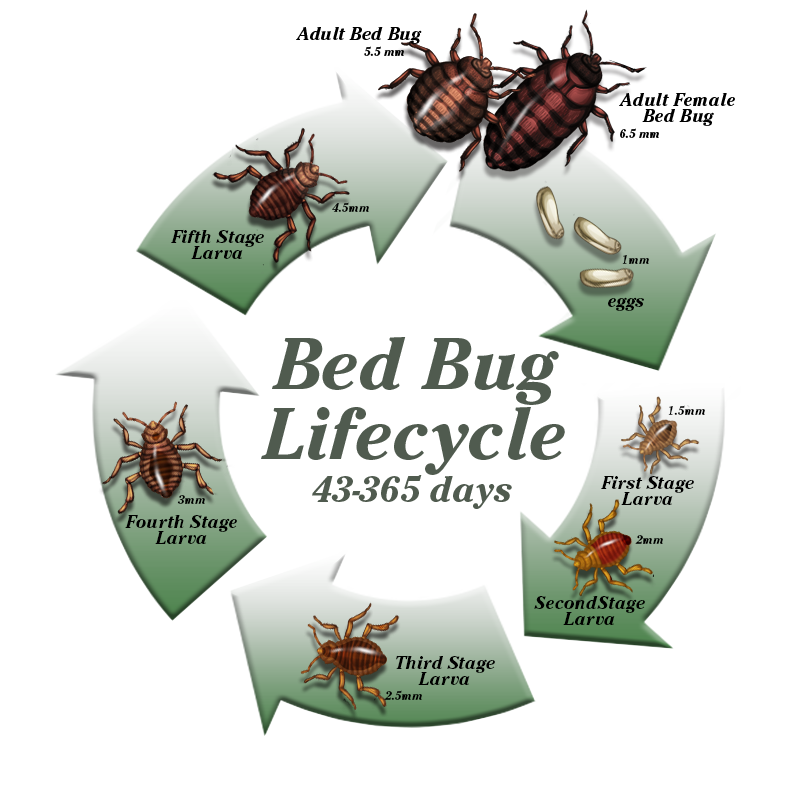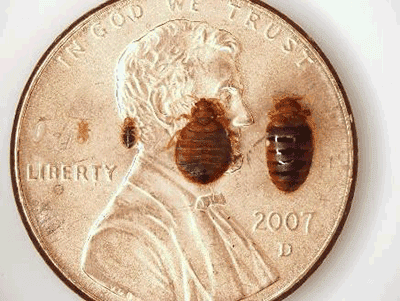Get Informed About the Sorts Of Pest Control Methods and Their Benefits for Property Owners
Comprehending the numerous pest control approaches available to home owners is vital for effective parasite administration. Homeowners that are well-informed can make critical choices that not only address parasite problems yet likewise enhance the general quality of their living atmosphere.
Chemical Pest Control Techniques
Chemical insect control approaches are an important component of incorporated parasite administration approaches for property owners looking for efficient solutions to pest invasions. These approaches involve the application of chemical compounds designed to eliminate or prevent pests that endanger personal effects, health, and comfort. Usual chemicals used include insecticides, rodenticides, fungicides, and herbicides, each tailored to target particular pests.
The key advantage of chemical insect control is its quick efficiency; numerous formulations provide instant outcomes, lowering pest populaces substantially quickly. Furthermore, breakthroughs in chemical formulations have led to items that are much more environmentally pleasant and have reduced poisoning levels for non-target organisms when used appropriately.

Biological Parasite Control Methods
Natural insect control approaches have actually obtained prestige as home owners seek much safer and much more sustainable alternatives to conventional chemical approaches. Organic bug control methods utilize all-natural predators, bloodsuckers, or virus to handle pest populations properly. This method is not only eco-friendly however likewise lessens the danger of damage to non-target types, consisting of advantageous insects and wildlife.
Among one of the most usual organic control approaches entails presenting all-natural killers into the environment. For instance, ladybugs can be made use of to manage aphid populations, while nematodes target soil-dwelling parasites like grubs. In addition, parasitoids-- microorganisms that survive on or within a host-- can be used to control specific insect varieties by laying eggs inside them, eventually resulting in their death.
One more approach is the use of biopesticides, which are originated from natural products such as microorganisms, minerals, or plants (bed bug exterminator). These items can successfully target insects while posturing minimal threat to people and family pets. In general, biological insect control strategies give homeowners with an effective methods of insect administration that aligns with ecological principles, promoting a much healthier living setting while minimizing reliance on synthetic chemicals
Mechanical Bug Control Methods
Mechanical parasite control methods incorporate a variety of methods that physically prevent or remove bugs without making use of chemicals. These techniques are particularly beneficial for home owners looking for ecologically friendly choices while making sure the safety of their space.
One usual technique is the use of obstacles, such as catches, nets, and screens, which prevent pests from going into homes or certain locations. Mounting home window displays can properly keep pests out, while making use of physical barriers around gardens can hinder larger parasites like deer or rabbits. Additionally, mechanical catches developed for rats can record and eliminate these pests without the demand for toxic materials.
One more efficient approach involves the usage of mops and vacuum cleaners to eliminate pests straight from surfaces. Normal cleaning and upkeep can considerably minimize insect populaces by removing food resources and concealing areas. Using devices like ultrasonic pest repellents can discourage different pests through noise waves that are unpleasant to them however faint to human beings.
Cultural Insect Control Practices
Cultural pest control techniques focus on modifying the setting and management methods to produce problems that are less favorable to pest problems. These techniques are fundamental in keeping a balanced ecological community and minimizing the dependence on chemical treatments. By changing agricultural methods, homeowners can efficiently deter bugs while advertising plant health.
One usual technique consists of crop turning, which interferes with the life cycles of parasites by altering the sorts of plants grown in a details location (bed bug exterminator). This not only minimizes pest populations but also enhances dirt wellness. Additionally, intercropping-- planting diverse crops in distance-- can perplex pests and decrease their capacity to locate their preferred host plants
Water administration is one more critical facet of cultural methods. Proper watering methods can protect against standing water, which functions as a reproduction ground for mosquitoes and other parasites. In addition, keeping tidiness in and around the home, such as on a regular basis getting rid browse this site of debris and food waste, can considerably lower insect destination.
Incorporating these cultural methods right into a comprehensive bug administration approach allows property owners to develop a setting that naturally prevents parasites, thereby improving the efficiency of various other control methods while promoting sustainable horticulture and landscape design.

Integrated Insect Administration Approaches
Integrated Pest Management (IPM) stands for an all natural technique that integrates different techniques to efficiently manage parasite populaces while lessening environmental effect. This approach incorporates organic, social, physical, and chemical techniques to accomplish sustainable parasite control. By examining pest populations and their natural adversaries, IPM highlights surveillance and recognizing bugs before applying control procedures.
One of the core concepts of IPM is using thresholds, which develop the level of pest task that requires treatment. This guarantees that treatments are used only when needed, minimizing the reliance on chemical pesticides. Organic control techniques, such as presenting all-natural predators or bloodsuckers, work in combination with cultural techniques like crop turning and habitat adjustment to interrupt pest life process.
In addition, IPM encourages using a knockout post least-toxic chemical options when treatment is required, focusing on products that present minimal danger to non-target microorganisms and the environment. For home owners, taking on IPM comes close to not just enhances the efficiency of pest administration yet likewise advertises a much healthier living environment, promoting biodiversity and lowering chemical exposure. Eventually, IPM encourages property owners to make educated choices that balance insect control with eco-friendly duty.
Final Thought
In verdict, comprehending the various pest control approaches equips homeowners to make enlightened choices pertaining to pest management. Each strategy-- chemical, biological, mechanical, cultural, and incorporated pest monitoring-- provides distinct advantages that cater to various needs and choices.
Understanding the various parasite control methods readily available to house owners is important for reliable insect monitoring.Chemical bug control methods are an essential element of incorporated pest administration strategies for house owners seeking efficient remedies to pest infestations. Generally, biological insect control strategies offer house owners with an efficient ways of parasite administration that straightens with ecological principles, advertising a much healthier living atmosphere while lowering reliance on synthetic chemicals.
Social parasite control practices focus on customizing the setting and administration strategies click to investigate to create conditions that are less favorable to pest problems.In conclusion, understanding the different bug control approaches encourages homeowners to make informed decisions regarding pest administration.